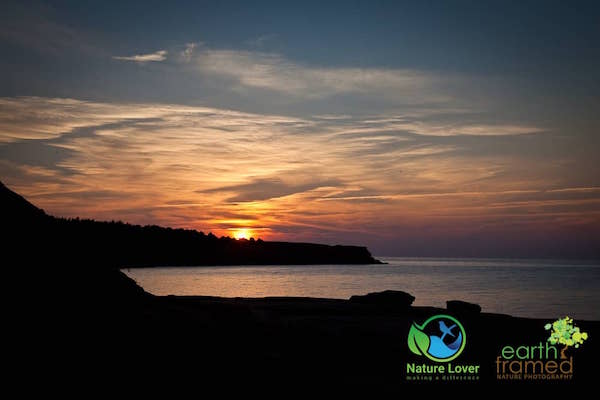Driving around Nova Scotia we came across French-speaking communities and Acadian historical sites. There is a rich history, dating back to the 1600s. If you are interested in some of the history, the Nova Scotia Archives has a great page the covers the basics.

While exploring the back roads around Shelburne and down toward Yarmouth, we came across these historical sites along the road sides.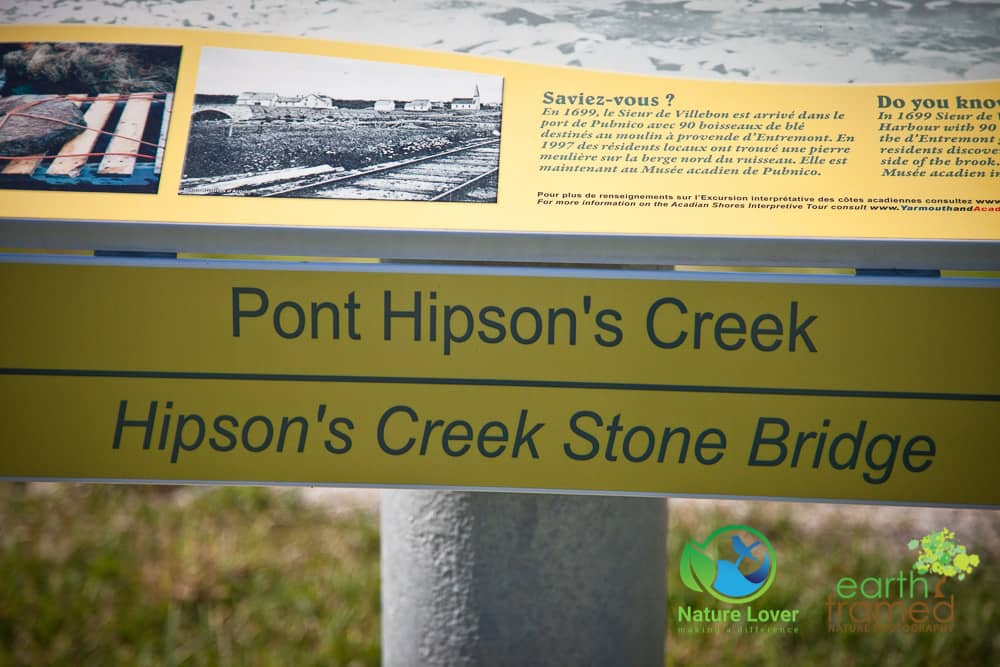
The different locations feature beautiful signs with historical information and old pictures.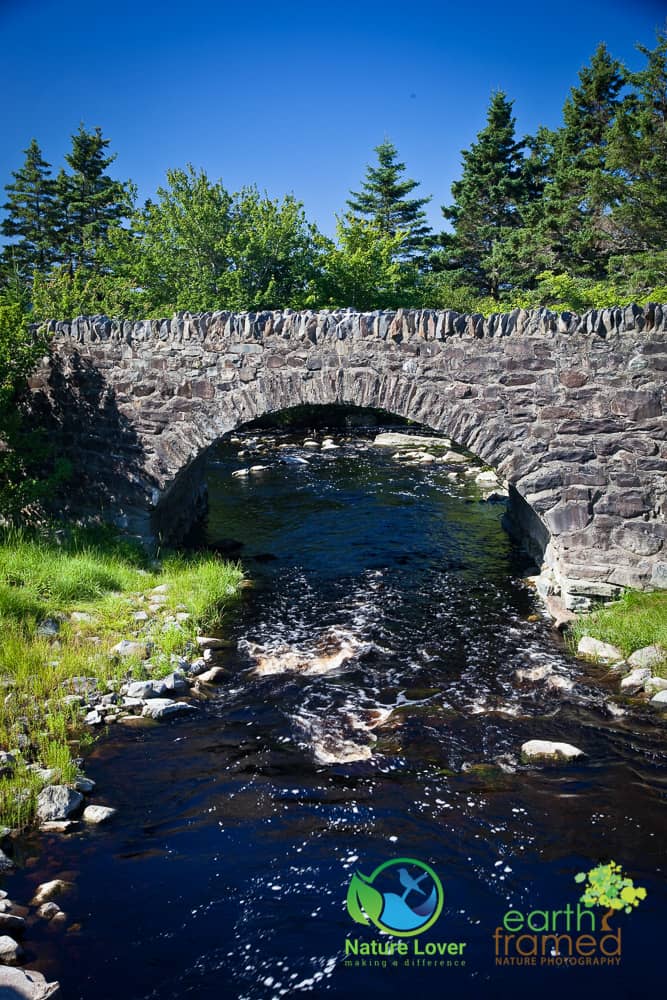
At the first location, we came across a gorgeous stone arched bridge. 
The babbling brook that flowed under the bridge was lovely too.
The next stop was at the Eglise Ste-Anne Church which was built in 1901, after the original chapel burned down. 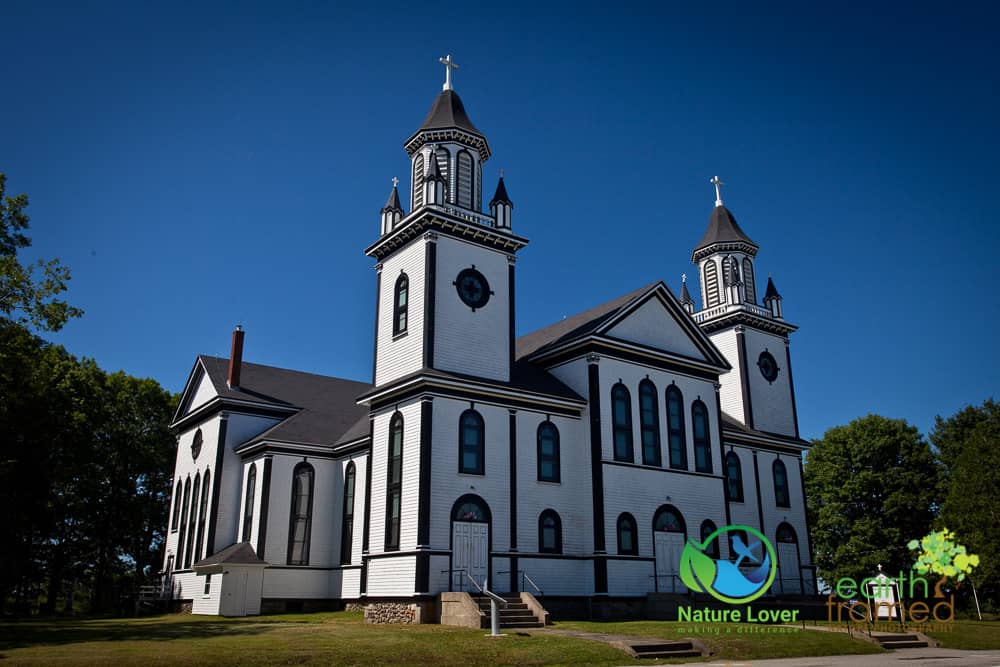
Each steeple features its own bell, although one of them is now cracked and is rarely used. Inside there are said to be handpainted murals and a handmade pulpit.
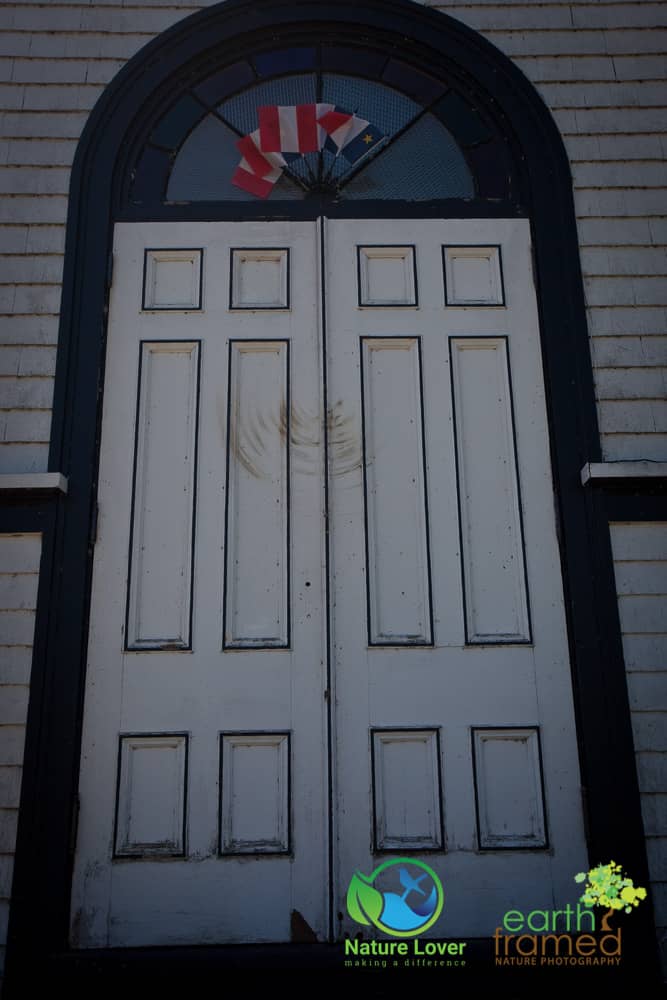
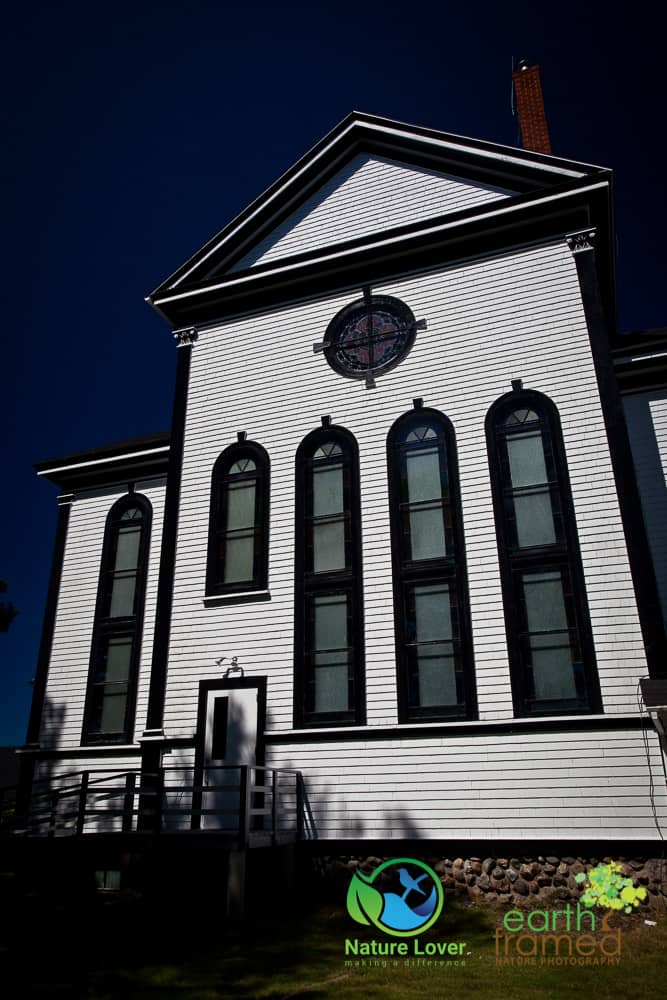
The church is an integral part of the local community and we could tell by how well the old, wooden church as maintained.
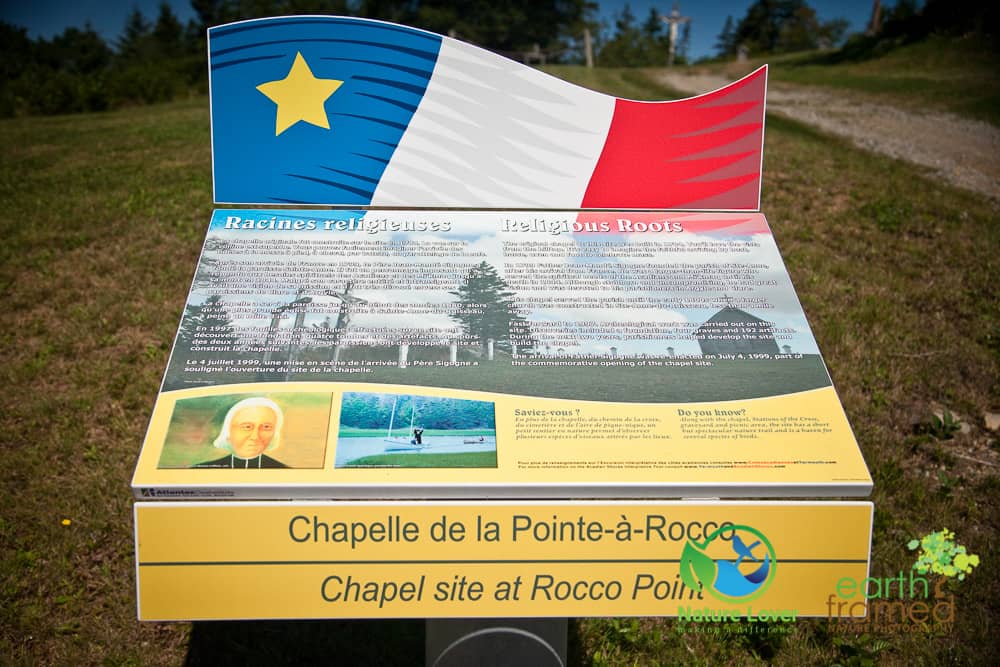
The next stop on our Acadian tour was at the Chapelle de la Pointe-a-Rocco which was built in 1784 and served the local community until a large church was built nearby. 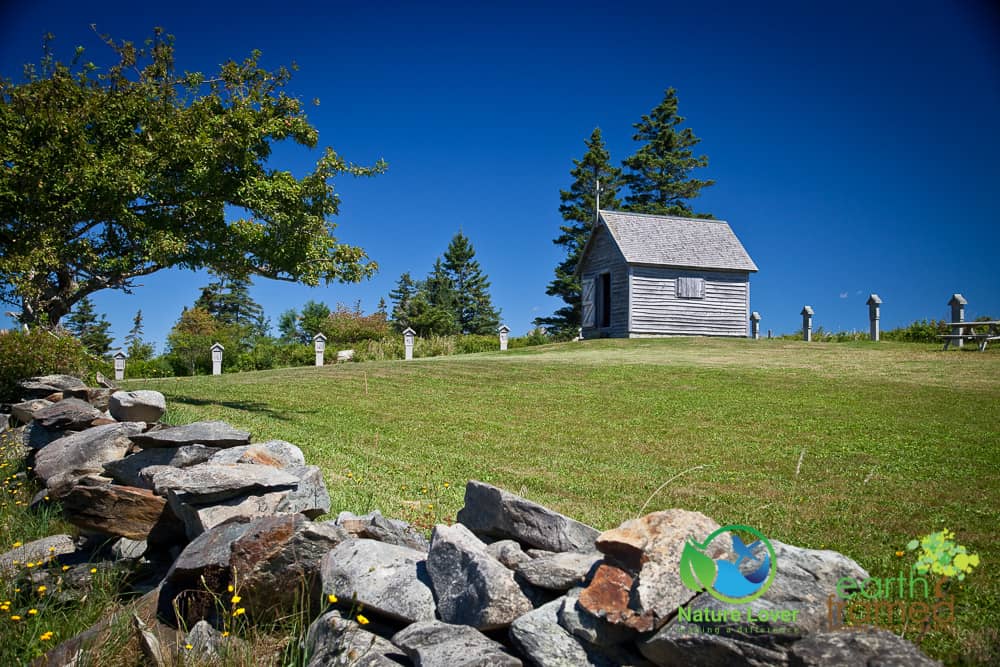
It was a lovely location to have a picnic and to enjoy an absolutely glorious day. At the site, there is also a short nature trail.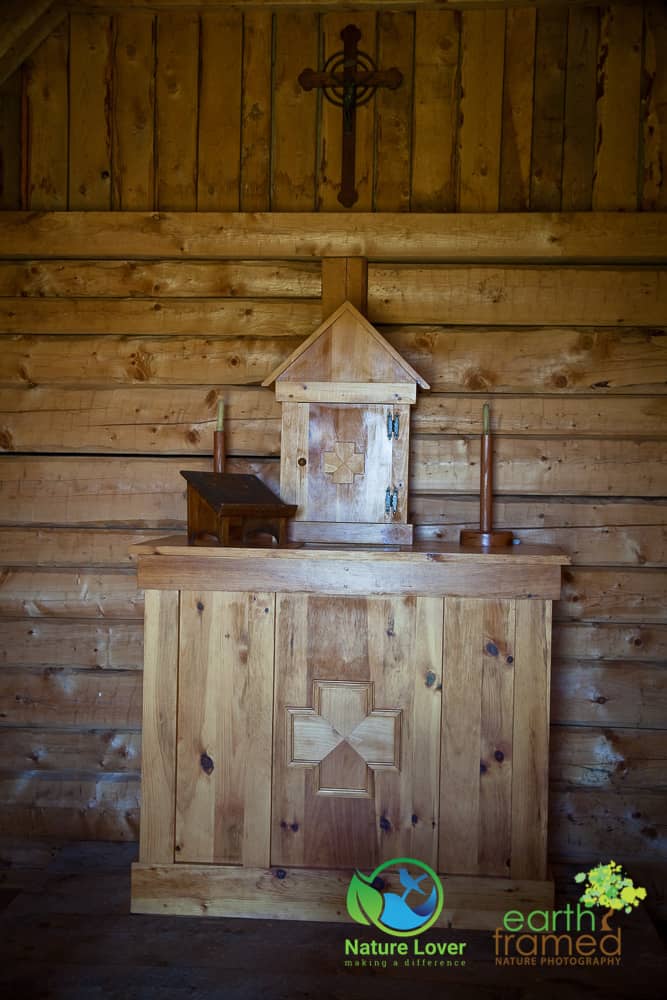
Here’s a view of the inside of the chapel.

The last stop on our Acadian tour we pulled over to see salt haystacks. This marsh hay provided early fodder for the settlers’ cattle.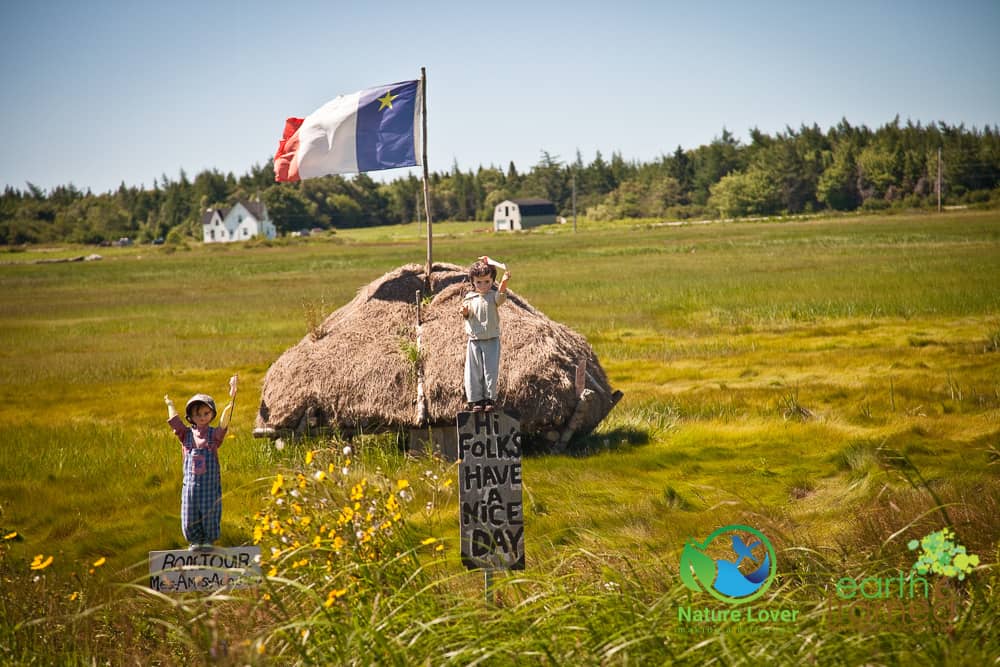
The Acadians called these stacks “une barge” and the English called the framework a ‘straddle’. Whatever they were called, the hay was collected and piled in a way that allowed the rain to run off the stack. 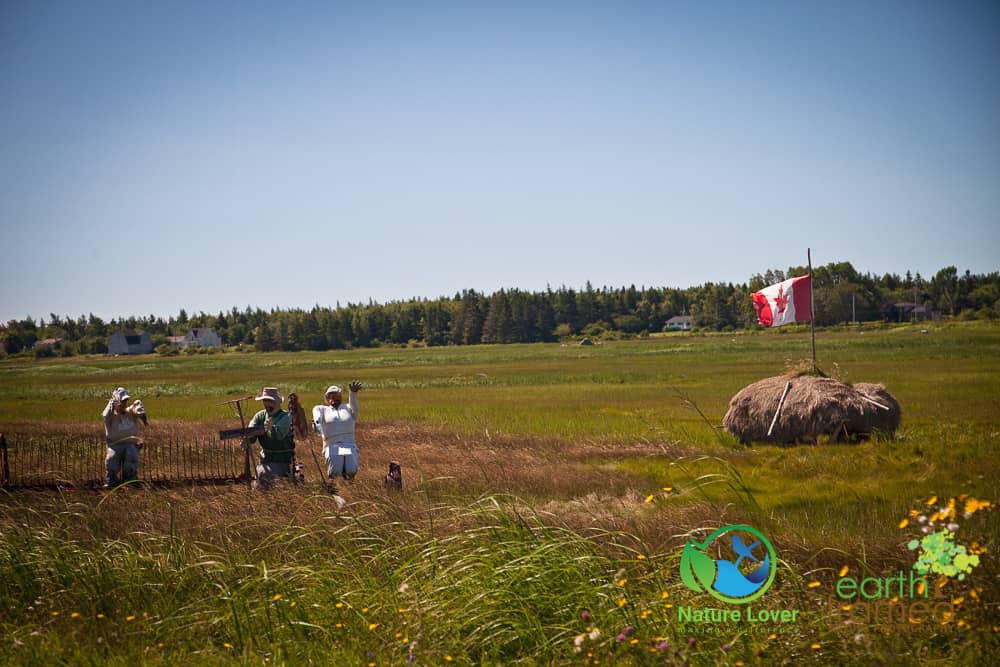
We actually thought there were some people out in the field and enjoyed the cute signs.
Here’s a view of the flat, square, wooden framework that was traditionally used.
It was really interesting to drive through the province and experience the history of the Acadian people. To discover what Acadian life was like in the early 1900s, visit the Historic Acadian Village of Nova Scotia.





